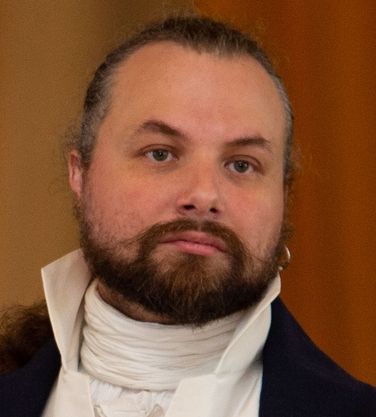Matradur and Manimasque: two names and three dance traditions in the first third of the 19th century.
(Dmitry Filimonov)
The turn of the 19th century was the time of tectonic shifts that heavily affected the political and cultural landscape of the European countries. It is particularly fascinating to trace the spread of melodies and specific dances that formed distinct traditions of this period.
The dances Matradur (a longway with improvisational part) and Manimasque (a special quadrille) are frequently mentioned in Russian literature of the first third of the 19th century. At the same time, in Scandinavian countries, Thuringia and Britain, we find longways with names such as Money Musk, Molinasky, and Mollimasse. Although the names are similar to Manimasque, the figures of these dances resemble those of Matradour. The music gives even more puzzles as the tunes of Money Musk and Manimasque coincide. The tunes for Matradour also appear in Sweden, while Austrian music sources contain both Madratur and Manimasque.
In the present work we demonstrate that these two names refer to three closely intertwined dance traditions that were spread in the countries of the Baltic Sea and met at Viena Congress.
Dmitry Filomonov, Moscow, Russia
 Dmitry Filimonov started his dancing career in 1993 as a dancesport dancer and came to early dances in 2002. Since 2007 he teaches historical dance in “Golden Forests” early dance school (a co-leader of the school). He is the head of the historical dance research seminar in Moscow. Dmitry gave lectures at many international conferences and has seven published articles on early dance topics from 16th to 19th.
Dmitry Filimonov started his dancing career in 1993 as a dancesport dancer and came to early dances in 2002. Since 2007 he teaches historical dance in “Golden Forests” early dance school (a co-leader of the school). He is the head of the historical dance research seminar in Moscow. Dmitry gave lectures at many international conferences and has seven published articles on early dance topics from 16th to 19th.
Dmitry graduated from Moscow State University and holds a Ph.D. in mathematics.


